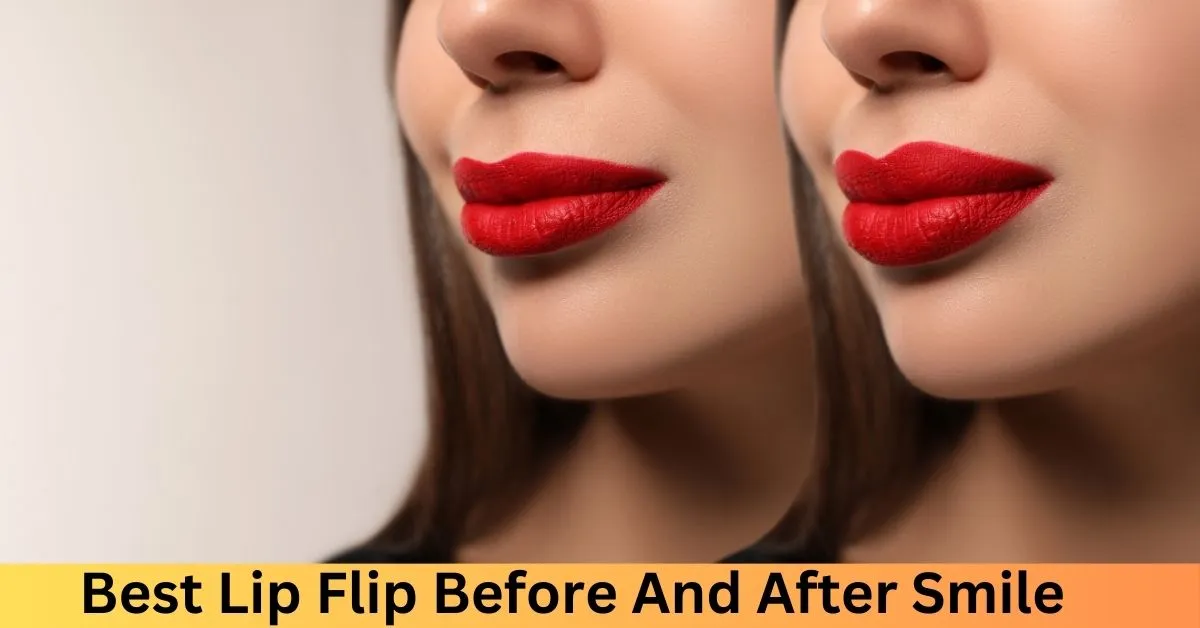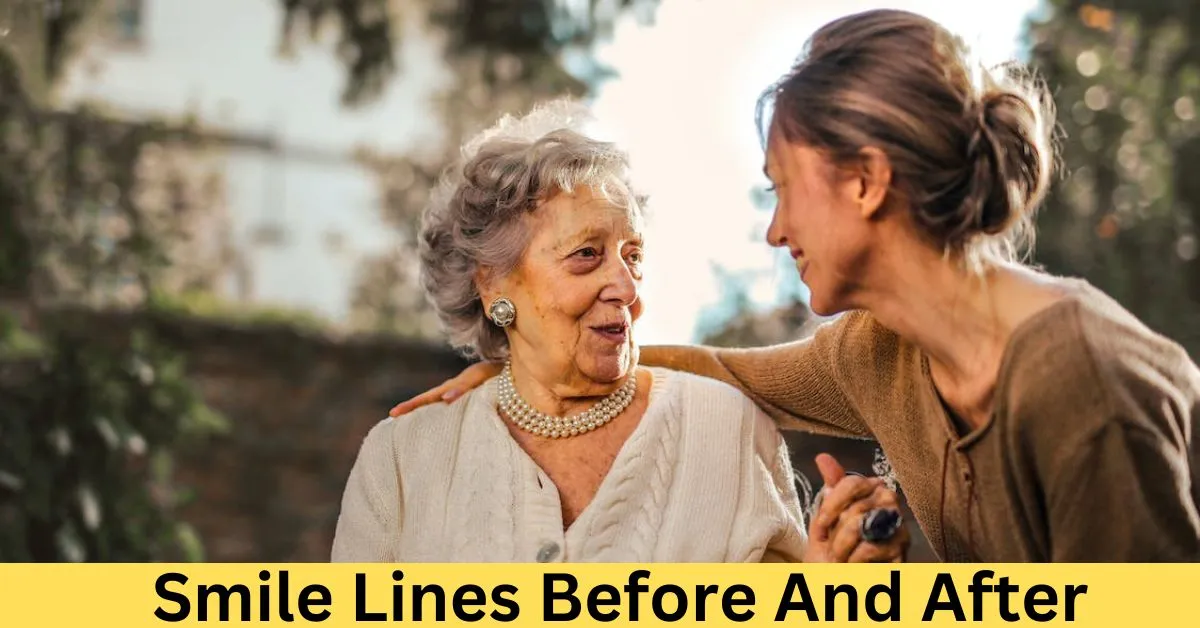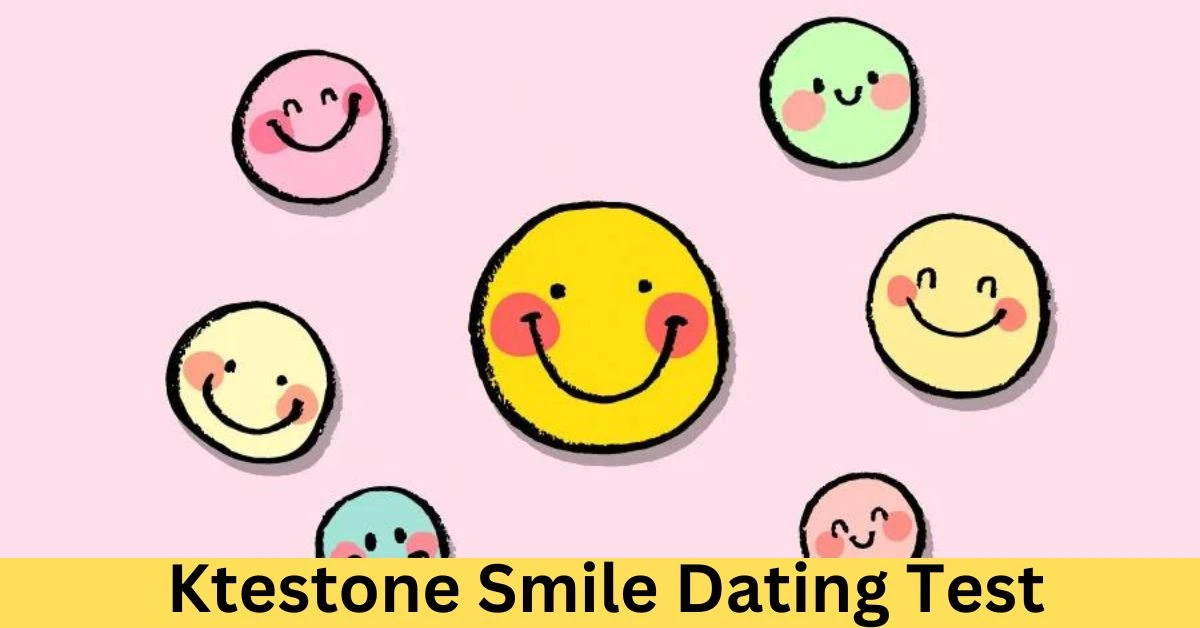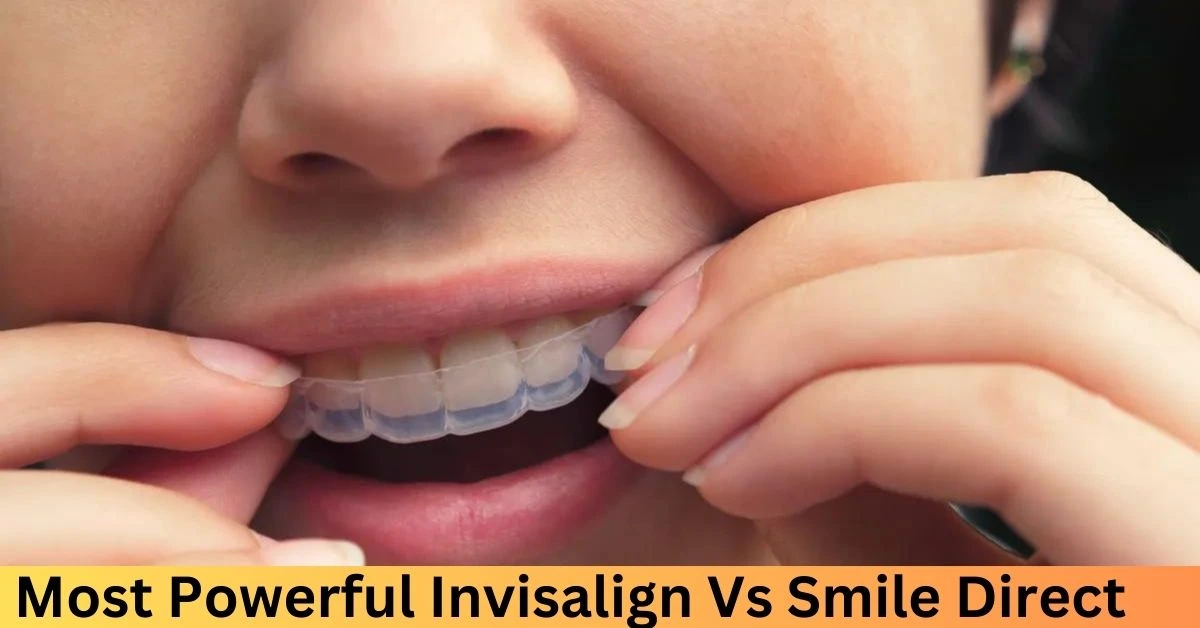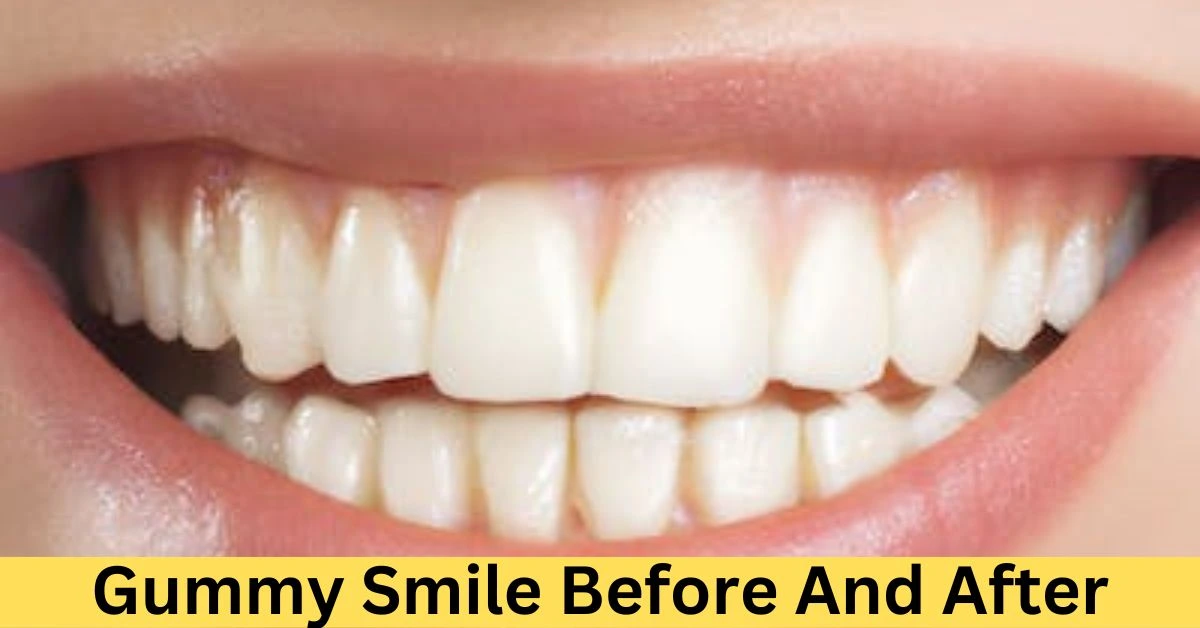There are many different kinds of smiles, each with its unique meaning and expression. Here are a few of the most common:
- Duchenne smile: This is often considered the “true” smile, as it involves both the muscles around the mouth and the eyes. It’s a genuine expression of happiness and joy.
- Polite smile: This smile is used to show courtesy and friendliness, even if you’re not feeling particularly happy. It typically involves just the mouth muscles, without wrinkling around the eyes.
- Closed-mouth smile: This smile is similar to the polite smile, but the lips are kept together. It can be used to show amusement, contentment, or even secrecy.
- Open-mouth smile: This smile is more expressive than a closed-mouth smile and can indicate surprise, delight, or even fear.
- Smirk: This smile is often used to convey amusement, superiority, or even mischief. It typically involves one side of the mouth being lifted higher than the other.
- Grin: This is a wide, open-mouthed smile that often shows teeth. It can be used to express happiness, excitement, or even nervousness.
- Scowl: This is not technically a smile, but it is a facial expression that involves turning the corners of the mouth downwards. It can be used to express anger, disapproval, or concentration.
In addition to these basic types of smiles, many other more subtle expressions can be used to communicate different emotions. For example, a small, tight smile might indicate nervousness, while a wide, genuine smile might show true happiness. The meaning of a smile can also vary depending on the context in which it is used. For example, a smile in a business setting might be interpreted differently than a smile in a social setting.
Contents
What are the 18 different smiles?
While the previous examples showcase different smile variations, the 18 specific types identified by Dr. Paul Ekman delve deeper, considering the involvement of different facial muscles and the emotions they convey. Here’s a breakdown of those 18 types:
Genuine Smiles:
- Duchenne smile: As mentioned before, this involves both mouth and eye muscles, expressing true happiness.
- Ecstatic smile: A wide, open-mouthed smile with raised cheeks, reflecting intense joy.
- Warm smile: A gentle, curved smile with relaxed eyes, conveying kindness and support.
- Delighted smile: Similar to the warm smile, but with more pronounced joy, often directed at someone specific.
- Meditative smile: A subtle, upward curve of the lips with closed eyes, suggesting serenity and inner peace.
- Amorous smile: A playful, closed-mouth smile with raised eyebrows, flirting, and affection.
Non-genuine Smiles:
- Fixed polite smile: Used for courtesy even without genuine happiness, involving only the mouth muscles.
- Embarrassed smile: Downward mouth corners with a half-smile and averted gaze, indicating discomfort.
- Tight-lipped relieved smile: Thin lips pulled upwards, expressing relief after tense situations.
- Exhausted smile: A weak smile often seen after exertion, conveying tired but positive emotions.
- Sadistic smile: A tight, one-sided smirk with narrowed eyes, suggesting pleasure in another’s misfortune.
- Exasperated smile: A strained smile with pursed lips and raised eyebrows, conveying annoyance.
- Compliant smile: A submissive smile with downcast eyes, accepting bad news with resignation.
- Diplomatic smile: A controlled, professional smile used in formal settings.
Other Smiles:
- Exaggerated smile: An overly wide and forced smile, mimicking joy and lacking authenticity.
- Worried smile: A small, hesitant smile with furrowed brows, conveying anxiety or discomfort.
- Contemptuous smile: A one-sided smirk with pursed lips, expressing arrogance or disdain.
- Ironic smile: A sarcastic smile often accompanied by raised eyebrows, conveying mocking amusement.
- Fake smile: A deliberate attempt to hide true emotions, typically involving only the mouth muscles.
Remember, these are just categories, and real-life smiles are often nuanced combinations of these types, influenced by context and individual differences. Understanding the nuances of these smiles can help you better interpret human emotions and communication!
What are the 3 types of smiles?
Depending on how you categorize them, there are two main ways to understand different types of smiles:
1. Based on social function: This method groups smiles based on their purpose in social interaction. There are three main categories:
- Reward smiles: These express approval, agreement, or encouragement. They typically involve the mouth stretching upwards and teeth showing (similar to a Duchenne smile).
- Affiliative smiles: These convey friendliness, warmth, and happiness. They can be closed-mouth or open-mouth but generally involve crinkling around the eyes (like a genuine smile).
- Dominant smiles: These signal power, superiority, or even mockery. They can include smirks, tight-lipped grins, or bared teeth, often with narrowed eyes.
2. Based on facial muscle involvement: This approach focuses on the specific muscles used to create the smile. There are three main categories:
- Cuspid smile: This smile primarily uses the muscles around the corners of the mouth, creating a diamond-shaped appearance.
- Commissure smile: This is the most common type, involving both the corners of the mouth and the lip muscles, resulting in a wider, curved smile.
- Complex smile: This rare smile engages both mouth and eye muscles, similar to a Duchenne smile, but also involves cheek raising and other subtle muscle movements.
It’s important to note that both approaches offer valuable insights, and real-life smiles often combine elements from both categories. Ultimately, understanding the context and observing other facial cues can help you better interpret the true meaning behind a smile.
What kind of smile is attractive?
Universally attractive” smile. What one person finds captivating, another might find unappealing. Attractiveness in smiles is highly subjective and influenced by individual preferences, cultural norms, and the context of the situation.
However, some research suggests certain smile characteristics are generally perceived as more attractive:
- Genuine smiles: True smiles that engage both the mouth and eyes (Duchenne smiles) are often considered attractive as they radiate warmth, happiness, and authenticity.
- Symmetry: Smiles with even, balanced features tend to be seen as more attractive than asymmetrical ones.
- Proportions: Moderate widths, curves of the mouth, and tooth visibility often fall within the “golden ratio” of facial features considered aesthetically pleasing.
- Health and hygiene: Healthy, clean teeth and healthy gums contribute significantly to a smile’s perceived attractiveness.
Remember, attraction goes beyond physical features. Personality, confidence, kindness, and humor play a significant role in what people find attractive. A genuine smile that reflects positive emotions and connects with others will likely be more captivating than a perfectly proportioned but forced grin.
So, instead of aiming for a specific “attractive” smile, focus on expressing your genuine emotions and cultivating positive energy. That natural radiance will likely be far more captivating than any forced pose.
What is the most rare smile?
The rarest smile according to research and classification systems is the complex smile. It’s estimated to occur in only about 2% of the population, making it quite uncommon.
What makes it unique is the intricate muscle coordination involved. While smiles typically engage either the muscles around the mouth corners (cuspid smile) or both the corners and lip muscles (commissure smile), the complex smile goes beyond. It simultaneously activates:
- Levator muscle of the upper lip and corners of the mouth: This pulls the corners of the mouth upwards and widens the smile.
- Depressors of the lower lip: These muscles pull the lower lip downwards, creating a visible dip below the mouth.
This combination results in a distinct appearance:
- Wider smile: Both upper and lower teeth are displayed due to the lip movement.
- Double chevron shape: The corners of the mouth and the dip below form two inverted V shapes.
- Expressive eyes: Similar to a Duchenne smile, the eyes often crinkle at the corners, suggesting genuine happiness.
Famous examples of people with complex smiles include Marilyn Monroe and Julia Roberts. While rare, it’s important to remember that smiles are complex forms of communication, and their meaning goes beyond just their rarity. Any genuine smile, regardless of its type, can be powerful and convey positive emotions.
Who has the prettiest smile?
Determining who has the “prettiest” smile is impossible to answer objectively as beauty is subjective and influenced by various factors. What one person finds stunning, another might not.
Instead of focusing on who has the “prettiest” smile, let’s appreciate the unique beauty and expressiveness of all smiles! Each smile, regardless of individual characteristics, can hold warmth, happiness, humor, kindness, and other positive emotions that make them beautiful in their way.
Here are some alternative perspectives:
- Individual preferences: What someone finds attractive in a smile varies greatly based on personal taste, cultural background, and even experiences.
- Focus on genuine emotions: A genuine smile that reflects positive emotions and connects with others is likely more captivating than any specific physical feature.
- Appreciating diversity: Smiles come in all shapes, sizes, and expressions, and each one contributes to the richness and variety of human interaction.
Remember, beauty goes beyond physical attributes. Appreciating the unique expression of each smile and the emotions they convey is a more meaningful and inclusive approach.
What does the cutest smile hide?
It’s important to remember that judging what lies behind someone’s smile based solely on its appearance is a dangerous and inaccurate game. Assigning negative or “ugly” emotions to certain types of smiles perpetuates harmful stereotypes and ignores the complexity of human emotions.
A cute smile can hide a whole spectrum of things, both positive and negative, just like any other smile. It’s impossible to determine for sure what someone is feeling based on their smile alone. Here are some possibilities to consider:
Positive possibilities:
- Genuine happiness and joy: Maybe the person is simply having a good time and their smile reflects that.
- Confidence and self-assuredness: A confident smile can be very attractive and endearing.
- Warmth and friendliness: A cute smile can often be interpreted as an invitation to connect and be friendly.
- Playfulness and humor: A playful smile can suggest someone is fun-loving and enjoys lighthearted interactions.
- Contentment and peace: Sometimes a subtle, cute smile can simply reflect a sense of serenity and inner peace.
Neutral possibilities:
- Politeness and social courtesy: Someone might offer a cute smile out of social etiquette, not necessarily reflecting their deeper emotions.
- Nervosity or anxiety: A smile can sometimes be a mask to hide nervousness or discomfort in social situations.
- Distraction or avoidance: A person might use a smile to deflect attention away from their true feelings or thoughts.
Remember:
- Judging someone’s emotions based solely on their smile is unfair and inaccurate.
- Every smile is unique and reflects a complex mix of individual experiences and emotions.
- Focusing on connecting with people authentically and understanding their communication beyond just facial expressions is key to meaningful interaction.
If you’re curious about what someone is feeling, the best approach is to engage in genuine conversation and ask them directly. Open communication and respectful interaction are much better ways to understand others than assigning assumptions based on their appearance.
What is the best smile shape?
“best” smile shape, as the “best” is always subjective and depends on individual preferences and cultural contexts. What someone finds captivating in a smile can vary greatly based on their own experiences, tastes, and background.
Instead of focusing on achieving a certain “best” shape, remember that smiles are most attractive when they are:
1. Genuine: This means engaging both the mouth and eyes, reflecting warmth, happiness, and authenticity. A genuine smile naturally radiates positive energy and connects with others on a deeper level.
2. Balanced and Proportional: While perfect symmetry isn’t everything, generally pleasing smiles tend to have balanced and proportional features in terms of the width, curve of the mouth, and tooth visibility. However, remember that even slight asymmetries can add character and uniqueness to a smile.
3. Healthy and Hygienic: Healthy teeth and gums contribute significantly to a smile’s perceived attractiveness. Proper oral hygiene and dental care make your smile not only look but also feel healthier.
4. Expressive and Varied: Our emotions are diverse, and our smiles should be too! Don’t limit yourself to just one “best” shape. Be expressive and let your smile reflect your full range of emotions, from genuine joy to playful amusement to quiet contentment.
Remember, true beauty goes beyond physical features. It’s the unique combination of personality, confidence, kindness, and humor that makes a smile truly captivating. Focus on expressing your genuine self and cultivating positive energy, and that natural radiance will shine through in your smile, making it beautiful regardless of its “shape.”
What is the world’s most famous smile?
There’s no definitive answer to the “world’s most famous smile” as fame and recognition depend on individual perspectives and what resonates with different cultures and generations. However, some strong contenders frequently considered include:
1. The Mona Lisa’s Smile: Leonardo da Vinci’s iconic painting featuring a woman with a mysterious, enigmatic smile. Its ambiguity and enduring allure have kept it at the forefront of art and cultural consciousness for centuries.
2. Marilyn Monroe’s Wide Smile: This actress’s signature wide, open smile with slightly upturned lips became synonymous with Hollywood glamor and sensuality, leaving a lasting mark on popular culture.
3. Buddha’s Serene Smile: The serene, peaceful smile depicted on statues and representations of the Buddha is recognized globally as a symbol of inner peace and enlightenment, resonating with spiritual and philosophical perspectives.
4. Nelson Mandela’s Warm Smile: This former South African president’s warm, forgiving smile became an image of resilience, hope, and reconciliation, recognized across the globe.
Beyond these prominent examples, many other smiles could be considered “famous” depending on context, personal experiences, and cultural backgrounds. Ultimately, the most famous smile is subjective and dependent on individual perception and connection.
It’s worth noting that focusing on the inherent value and uniqueness of different smiles, rather than their fame, can lead to a more enriching appreciation for the various ways smiles enhance human connection and expression.

